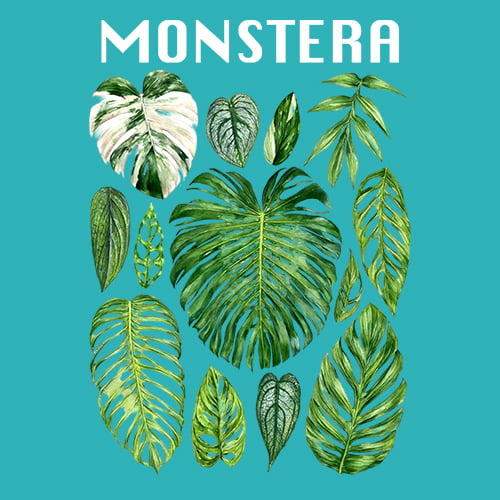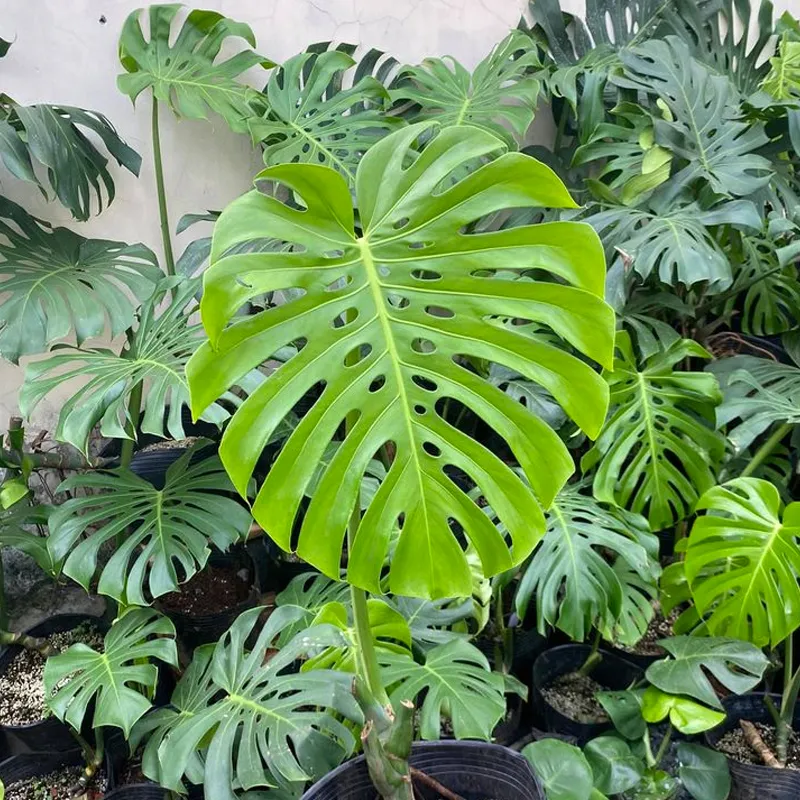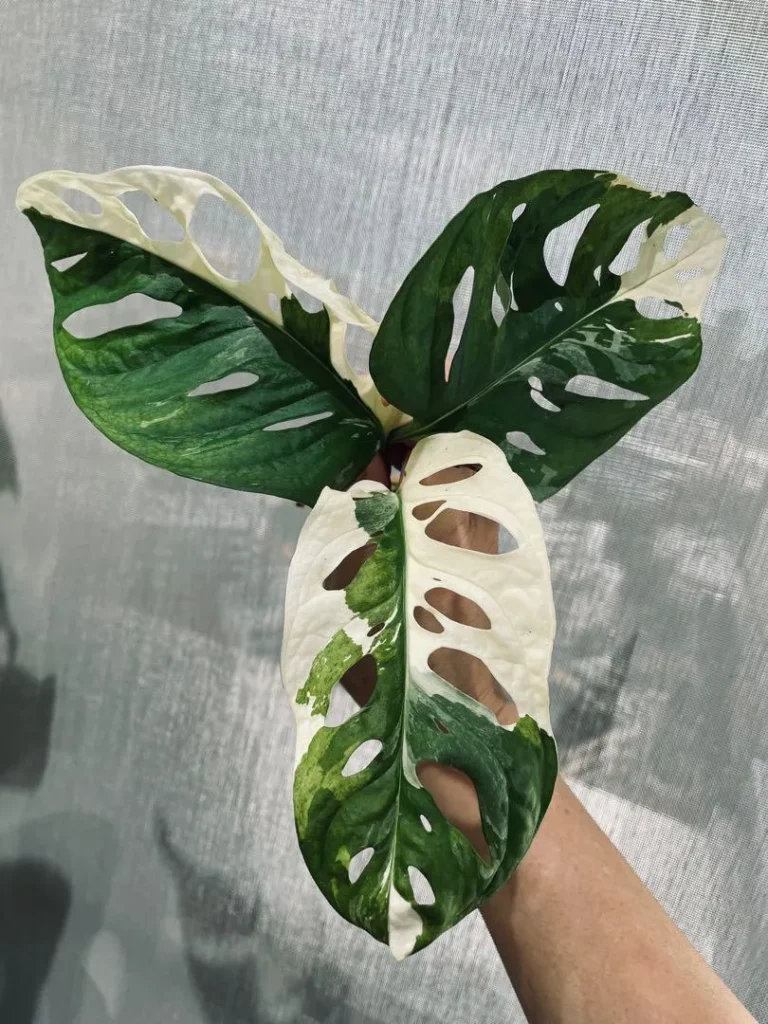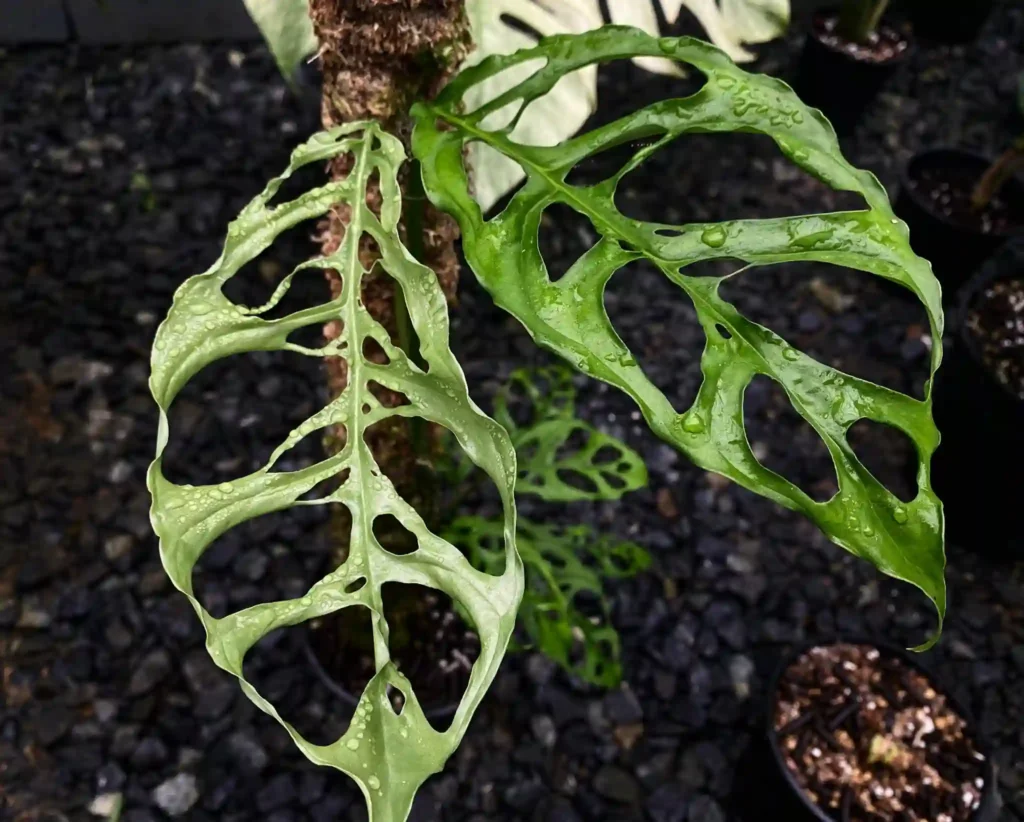
Monstera Deliciosa Aurea Variegated: A Guide to the Golden Beauty
The Monstera Deliciosa Aurea Variegated, often called the “Aurea” or “Marmorata,” is a stunningly variegated form of the beloved Monstera Deliciosa. Known for its large, split leaves splashed with creamy yellow or golden variegation, it’s a true statement piece in any plant lover’s collection. I’ve dreamt of owning one for years, and I’m so excited to share what I’ve learned about this special plant.
Understanding the Monstera Deliciosa Aurea Variegated
The Base: Monstera Deliciosa
The Monstera Deliciosa, sometimes nicknamed the “Swiss Cheese Plant” for its iconic leaf fenestrations (holes), is a tropical vine native to Central and South America. This plant is loved for its easygoing nature and ability to thrive indoors.
The Magic of Variegation
Variegation occurs when a plant develops areas that lack chlorophyll (the green pigment), resulting in white, cream, or yellow colorations. In the Monstera Deliciosa Aurea Variegated, these splashes create breathtaking-taking marbled or block-like patterns across the leaves.
Rarity and Value
The unpredictable nature of variegation and slower propagation of variegated Monsteras makes the Monstera Deliciosa Aurea Variegated a highly sought-after and often expensive plant. Be prepared for a dedicated search and a potentially high price tag.
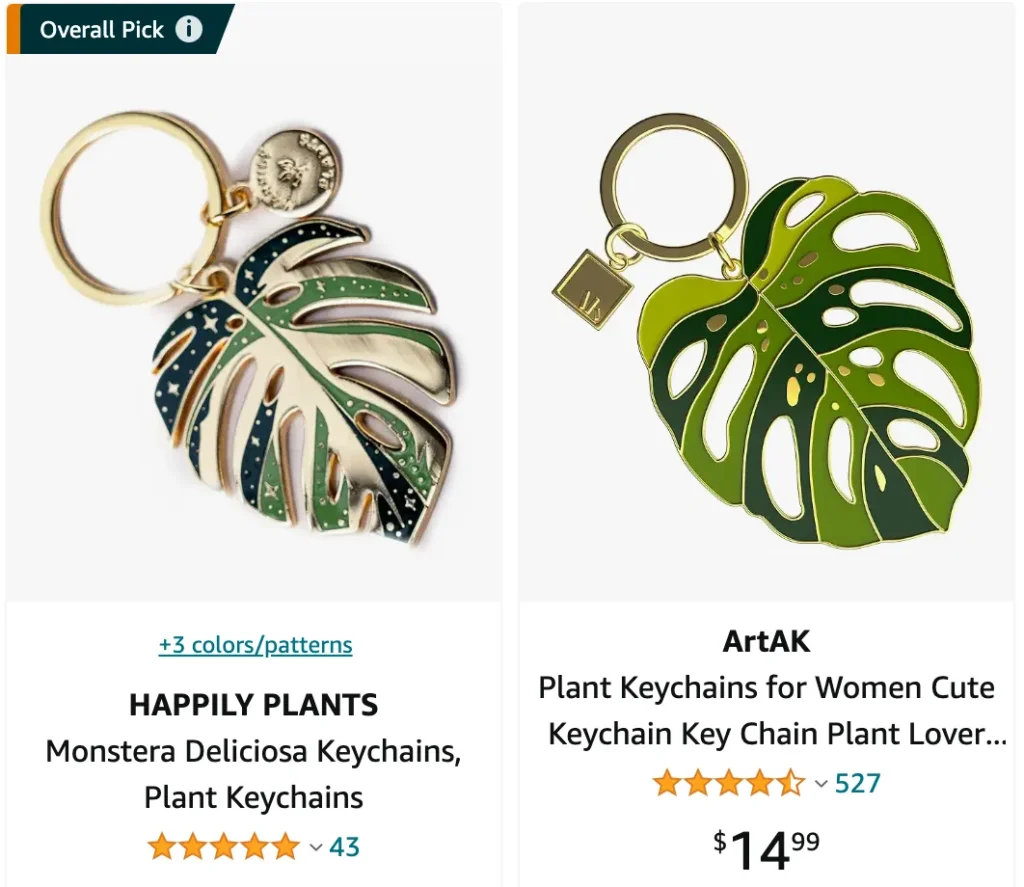
Caring for Your Monstera Deliciosa Aurea Variegated
Light: The Key to Vibrant Color
Bright, indirect light is crucial to maintain the Monstera Deliciosa Aurea Variegated’s striking variegation. The lighter areas lack chlorophyll, so the green sections need ample light to photosynthesize effectively. I’ve found a bright spot near an east-facing window to be ideal.
Watering: A Balancing Act
Overwatering is a major threat to Monsteras. I let the topsoil dry out slightly between waterings and always check the soil with my finger. A thorough watering only when the soil is dry helps prevent root rot.
Humidity: Replicating the Tropics
The Monstera Deliciosa Aurea Variegated craves moisture. Regular misting, a humidifer, or a pebble tray under the pot can maintain the humidity level your plant needs, especially during drier months
Fertilizer: Encourage Healthy Growth
During the growing season (spring and summer), I give my Monstera Deliciosa Aurea Variegated a diluted liquid fertilizer every few weeks to support its healthy growth and variegation. In cooler months, I reduce fertilizer applications significantly.
Support: Helping Your Monstera Climb
Monstera Deliciosa Aurea Variegated plants are natural climbers. Providing support, like a moss pole or trellis encourages it to grow upwards, climb, and develop those iconic split-leaf fenestrations.
My Experience with the Monstera Deliciosa Aurea Variegated
After a long search, adding this beauty to my collection was a dream come true! I quickly realized it needs a bit more light than my standard green Monstera to keep its variegation vivid. It’s been incredibly rewarding to watch new leaves unfurl, each revealing its unique golden pattern!
Considerations and Challenges
Reversion and Maintaining Variegation
One challenge with variegated plants is reversion – producing leaves with reduced or no variegation. Insufficient light is the primary culprit. Ensure bright light levels and prune stems that lack variegation quickly to encourage more variegated growth.
Patience is Key
While rewarding, don’t expect explosive growth overnight. Monstera Deliciosa Aurea Variegated often has a slightly slower growth rate than its all-green counterparts. Savoring each new leaf and its unique pattern is part of the experience.
Propagation: A Labor of Love
Propagating a Monstera Deliciosa Aurea Variegated is possible through stem cuttings. For the best chance of maintaining variegation, it’s crucial to choose a cutting with a good amount of yellow or cream variegation and at least one node (the bump where the leaf grows).
Is the Monstera Deliciosa Aurea Variegated Right for You?
Before adding this beauty to your collection, consider these factors:
- Rarity and Cost: Be prepared for a dedicated search and a potentially high price tag.
- Care Requirements: It slightly prefers higher light levels than some other Monstera varieties.
- Commitment: For the best results, the Monstera Deliciosa Aurea Variegated thrives with consistent care and attention.
The Allure of the Monstera Deliciosa Aurea Variegated
I find the Monstera Deliciosa Aurea Variegated absolutely mesmerizing! Its variegation makes it a living work of art in my home. If you share my love for the unusual, this plant may be the perfect addition to your indoor jungle!
